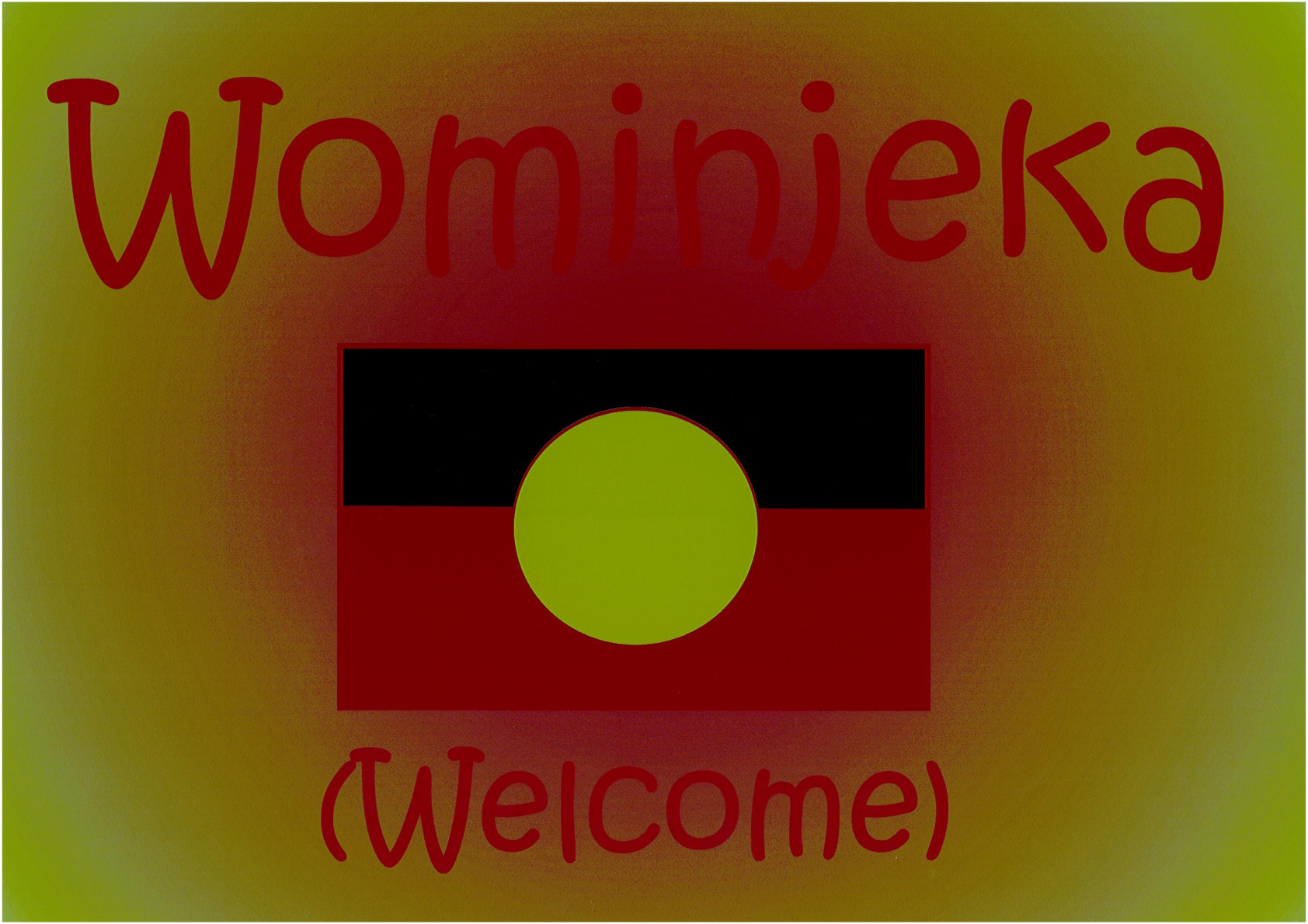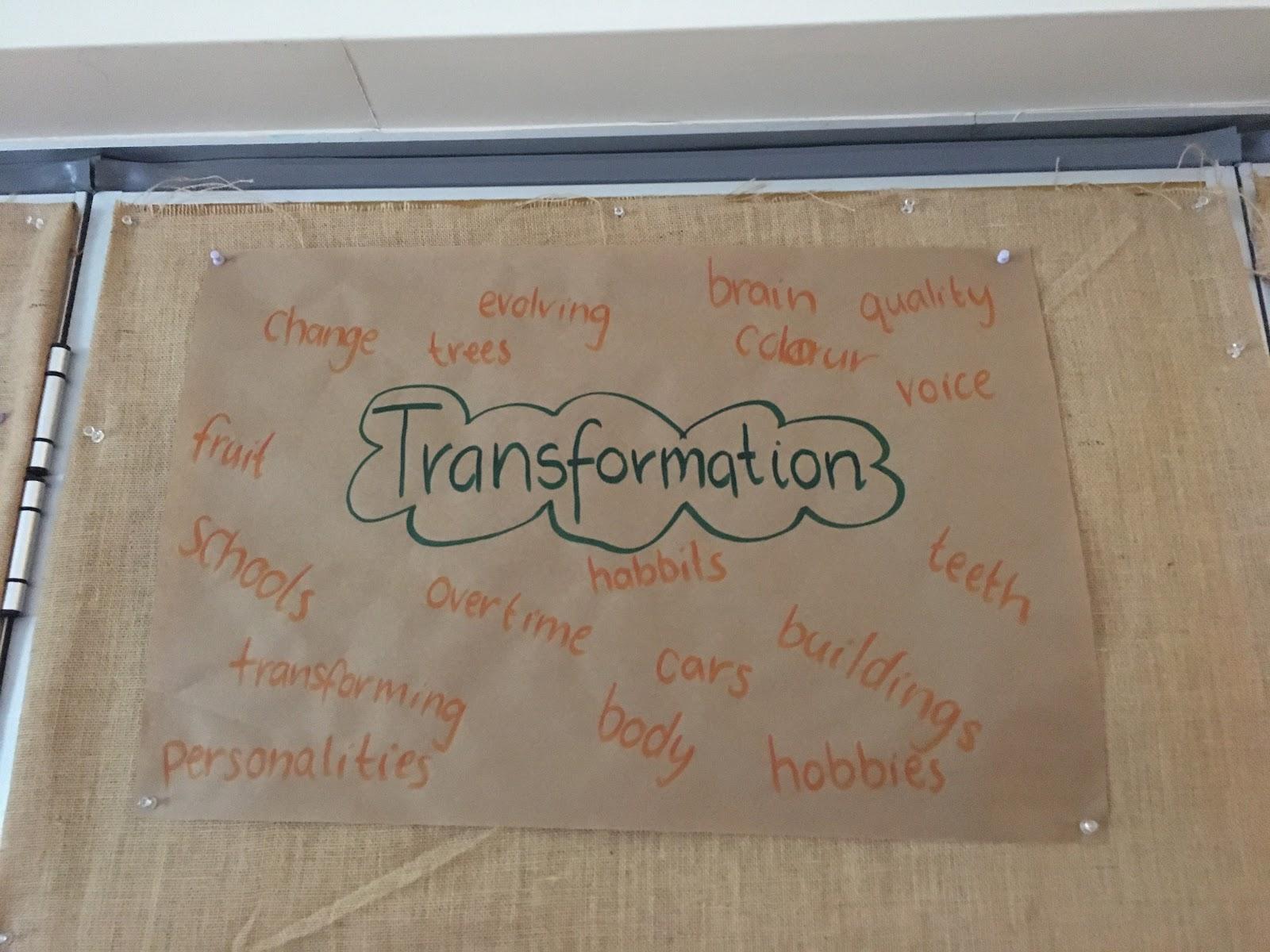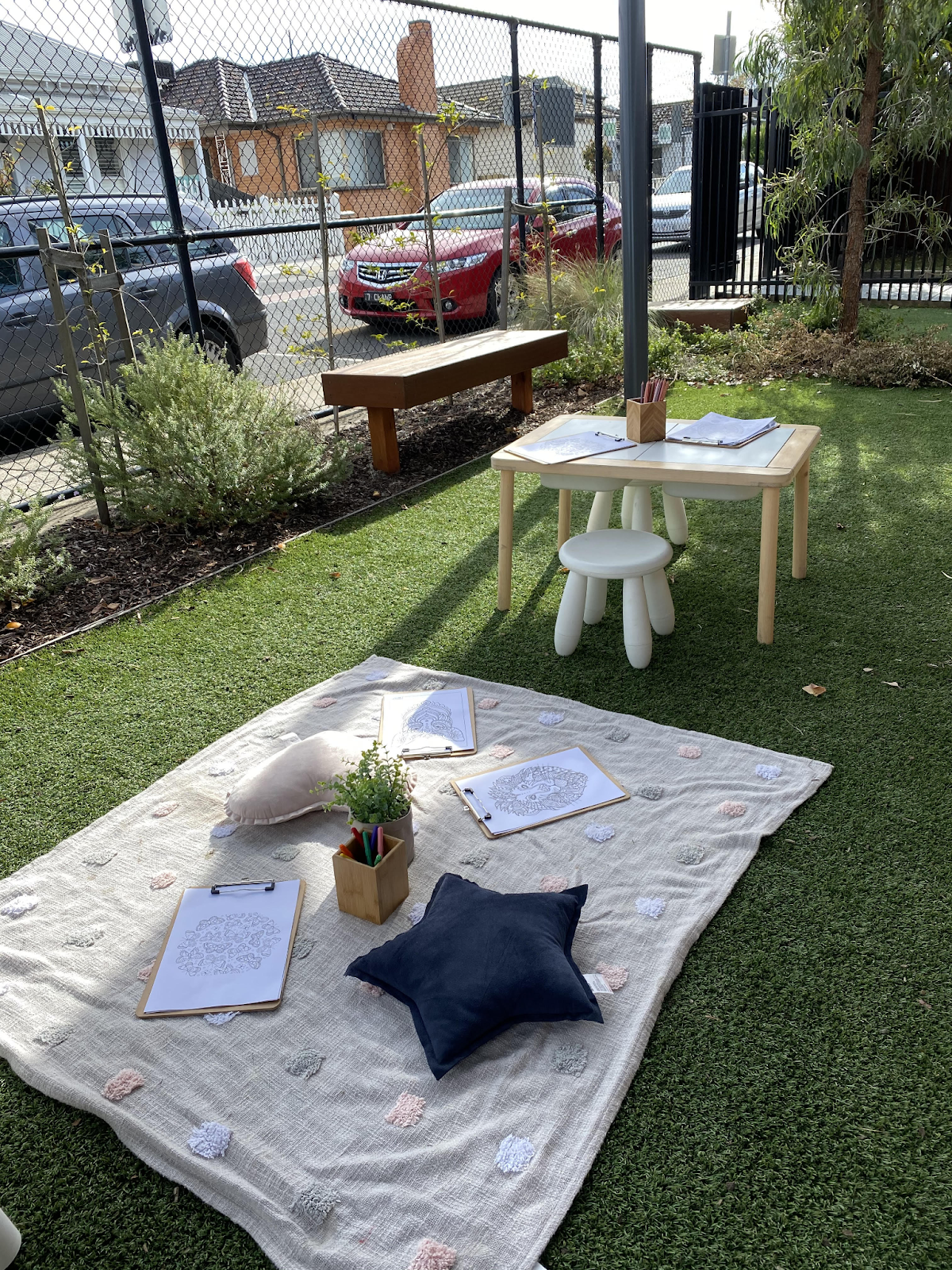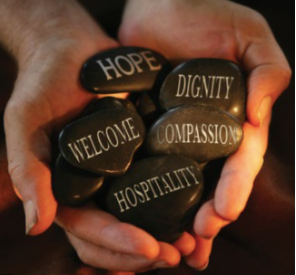Learning
Faith/Learning & Teaching/Wellbeing

Learning
Faith/Learning & Teaching/Wellbeing


St Johns has purchased the Woiwurrung Language Resource for the Early Years.
Woiwurrung language was traditionally spoken and is being reclaimed today by the Wurundjeri people, who inhabited the land along the Yarra and Maribyrnong rivers.
The Woiwurrung Language Cards have been produced by the Wurun Child and Family Place and Yarra Ranges Council with permission from key Wurundjeri Elders.
Acknowledging and celebrating Aboriginal culture and its connection to spirituality and language, family and kinship, land, country and community is important in protecting and developing inclusion and equity. Language in particular is recognised as a precious part of cultural strength and pride.
Each newsletter we will share with you a new Woiwurrung word of the week, we hope that this will provide you with a chance to read, speak, and talk about it with your family.
Learning & Teaching
What does transformation mean to your family?
Our Hubs have been considering the concept of transformation over time and how this compares to the concept of change. Our children have had (or about to undertake) various experiences to help clarify their thinking. Here is some preliminary thinking from our 2 Hub so far...


We are wondering whether transformation is change or is it something else? We wonder if your family could find something/someone that has transformed. Please feel free to send your hub educators a photo to share with their Hub.
Literacy
Whole language v Phonics-based instruction? OR ARE THEY VERSING? We think not.
You may have recently seen an article in ‘The Age’ (12th May) in which a Principal talked about its school's Literacy philosophy, stating that it has moved towards a more phonics-based approach to support children in learning to read, as opposed to relying on a ‘Whole Language Approach’.
Our school believes in and adopts a balanced approach to Literacy. As our 'Horizon' states, our school and Educators place children at the heart when designing learning. We always start with data by asking: what do our children currently know? What strategies are they employing? What does the next step in their learning look like (using a relevant progression)?
We know that children experience joy when they see themselves flourish and grow as effective readers. In order to support children to achieve this success, our Educators work alongside Literacy experts, such asDavid Hornsby, Dr Misty Adoniou and Deb Sukarna to build and refine their practice in learning and teaching of Reading.
We also foster 'joy' by creating enriching learning experiences for children. We support them to enter into learning through the joy of reading and viewing texts, by exposing them to rich literature and texts that are connected to their lives and the world around them.
In the article aforementioned you will read, 'Whole Language' and ‘phonics based’ approach. We believe the whole language approach MUST include phonics based learning, taught explicitly. We do not believe in one or the other. We consider children’s needs when deciding if phonics begins our learning process or whole language. Some of our children with diverse learning needs, including children with a diagnosis of dyslexia, often require Phonics-based instruction to begin our learning process. In order to support children, Educators might use texts that are designed with a phonics lens (such as decodable readers) or start with letter / sound focus. Once children have a good grasp of phonics, they can move to applying these to whole texts.
The Australian Curriculum promotes and encourages a Whole Language Approach, whilst recognising the importance of phonics instruction working alongside and within this. A Whole Language Approach to reading sees reading as a number of ‘cueing systems’ (or reading tools). These include:
Within these cues are a number of skills, including phonemic awareness (or phonics). Readers rely on all three ‘systems’ to decode and understand text. Therefore, it is important that children are exposed to texts that enable them to develop and use all three.
Ultimately, we know that a one-size-fits-all model would not enable us to cater to the diverse needs of our children. As Educators we are lifelong learners and, as such, are constantly refining our practice by engaging in professional development, dialogue with colleagues and accessing relevant and current research.
If you have any questions about our school’s reading philosophy, or anything else Literacy-related, please do not hesitate to contact me.
Daniela De Luca
ddeluca@sjfootscray.catholic.edu.au
Literacy Leader
Wellbeing
You may have noticed our ‘Mindfulness space’ on the yard recently (stocked with mindfulness colouring, markers and comfy cushions - see picture below). Each day our Wellbeing Leaders, Cristina and Isabella, have been setting up this space for our children to use at break times. It is a place on the yard that children can visit if they are feeling like some quiet time, some time to self-regulate or some space away from the busyness of the yard.


Mindfulness is ‘the awareness that emerges through paying attention on purpose and using focus to bring the mind into the present moment.’ (Berry St. Education Model). Mindfulness is a form of self regulation that we regularly practise with our children to bring their minds and bodies into the present so they are better placed to learn. You can find out more about Mindfulness and download a free app at smilingmind.com.au
Faith
Curriculum
All hubs are in the process of beginning to explore the Catholic Social Teaching principle of Subsidiarity and Participation. We are exploring questions around how we can contribute to a more just and fair world and how decisions are made that affect people's lives.
Prayer Gathering
Our Year One Hub will be leading our Prayer Gathering tomorrow (Friday 19th May, 2:30 pm). The focus of our gathering is kindness and compassion, as shown by Irene McCormick, a Josephite sister who inspires our blue Irene House. The weather looks nice and clear for Friday so if you're available we'd love to see you there.
Sacrament of Confirmation
Some of our Year Six children will be celebrating the Sacrament of Confirmation on June 10th, in preparation we will be having an online Faith Evening for our 5/6 Hub on Tuesday May 25th. Details have been sent home in an email, please do not hesitate to contact me if you have any questions, we're looking forward to welcoming you on the evening.
Aoife - amccarthy@sjfootscray.catholic.edu.au
Social Justice News
Dear Families,


This term we’re collecting things to donate to Ways of the West. We are collecting items such as beanies, scarves, gloves, socks and tins of soup. Any warm food and clothing that you’re happy to donate will be appreciated.
You can send your child’s donations to their hub and the Social Justice Leaders will collect them. Our collection begins from Friday 21st June - we will collect items up until Friday the 4th of June and then we will send all of the donations to Mark at Way of the West. He comes to visit us each year and is always really happy that we can help people in our local community.
Thank you for your support.
Kelly, Paulino, Jordan and Adler
Social Justice Leaders


Report from Media Leader
I have had the privilege to visit the Prep hub this week to explore the learning. I was able to capture some photos and talk with some of the children.
Firstly I will say that the Prep Hub is an amazing place for learning and discovery.
One of the notes I took is about the area called Box Construction. This area is about creating things out of cardboard boxes. The prep children have been transferring their learning about “Transformation” from our Community Projects into their constructions. They have been asking the question: How did my design change?
I also loved the Light & Shadow area. There were many objects to use. This space felt similar to Box Construction but instead of making things with boxes, children can use objects of different shapes and sizes to create shadows.
By Thomas Nguyen